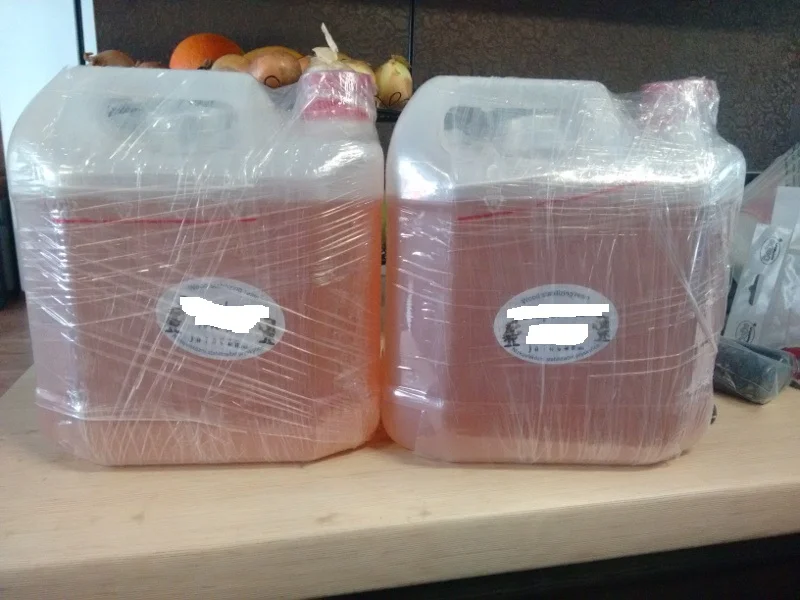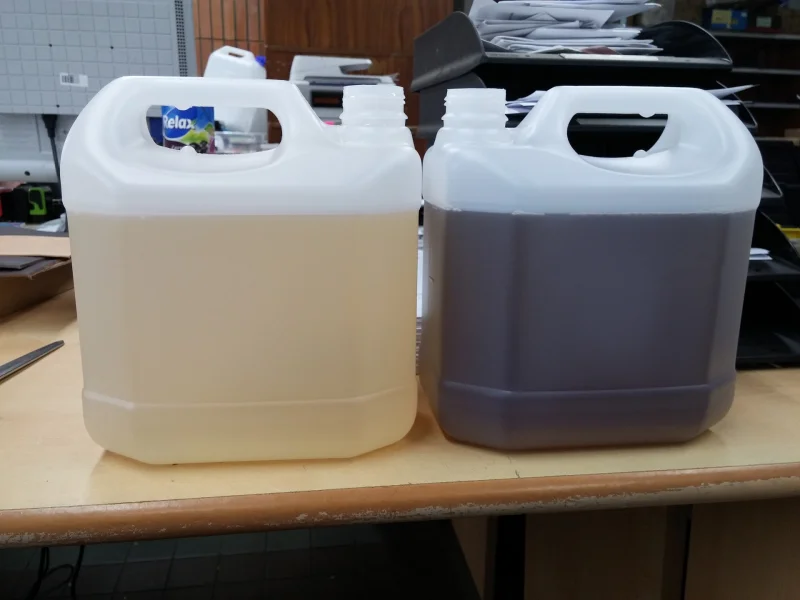LK90C Wood stabilizing resin is a boon for woodworkers and hobbyists. It provides a means to harden and strengthen porous and delicate woods. However, there is a headache – even unactivated(without adding activator), the color of resin might change from clear to amber over time. Why?
In fact, Unactivated wood stabilizing resin consists of the same two-part polymer system as its activated counterpart, comprising a resin and a hardener. Although the resin sits dormant before mixing with activator, its chemical composition would still be influenced by surrounding conditions. The color evolution of unactivated wood stabilizing resin is primarily influenced by the environment in which it is stored. Factors such as exposure to UV radiation, oxygen levels and temperature variations all play a role in initiating chemical reactions within the resin, although at a slower pace compared to activated resin.
The Allure of UV Exposure
Even in its inert state, unactivated resin is not impervious to the effects of UV radiation. Over time, exposure to sunlight or artificial UV light prompts the resin to undergo a process known as photodegradation, during which chemical bonds break down, leading to the formation of light-absorbing chromophores. This gradual accumulation of chromophores lends the resin its characteristic amber tint.
The Oxidation Processes
Oxidation, a ubiquitous and persistent force, continues to exert its influence on unactivated resin. Oxygen molecules from the surrounding air engage in chemical reactions with the resin’s components, initiating slow polymerization and cross-linking processes, which progressively deepen the resin’s color.
Temperature Impact
While unactivated resin resists the faster transformation seen in its activated counterpart, temperature remains a significant influencer. Fluctuations in ambient heat especially high temperature can subtly or obviously accelerate the chemical reactions within the resin, contributing to the gradual but inevitable shift towards amber color.
So, to avoid the color change, people need store the unactivated resin in COOL, DARK AND DRY location without strong oxygen. And for the purchase, try to place order in cold season to avoid high temperature in container during handling in port and shipping on sea for weeks. To load the resin in frozen container would be another choice but the cost would be expensive.
What if the resin has already changed color?

Generally speaking the slight change in color wouldn’t have obviously impact on performance in wood stabilization. And for some woods the amber color resin might even bring unintended aesthetics. Of course, there is no reason for taking risk to pursue that.


